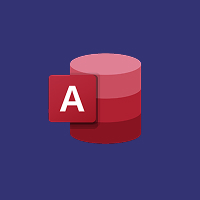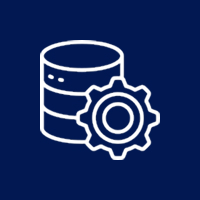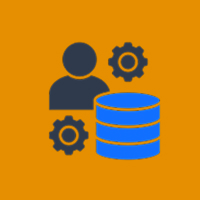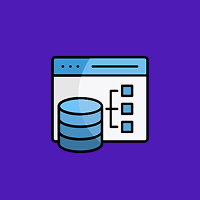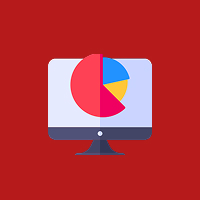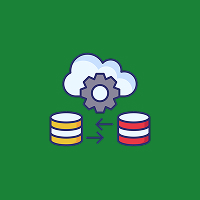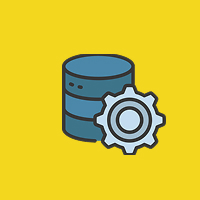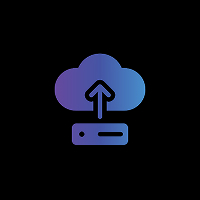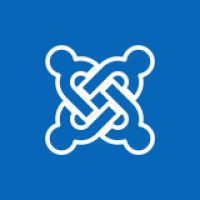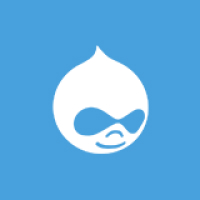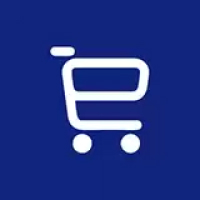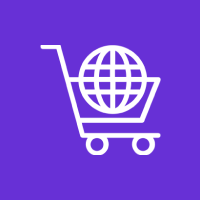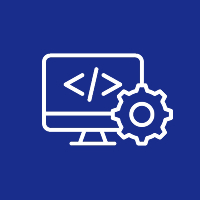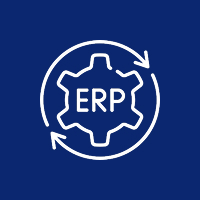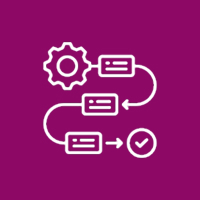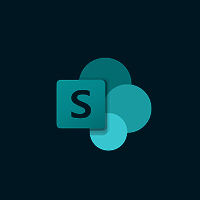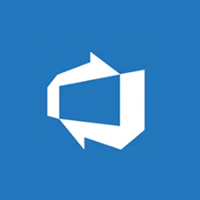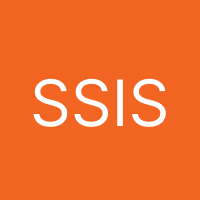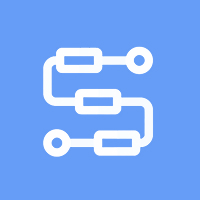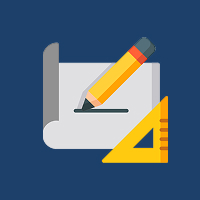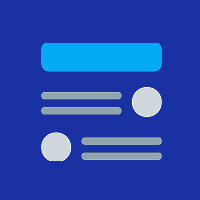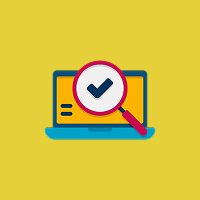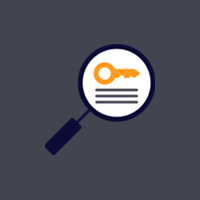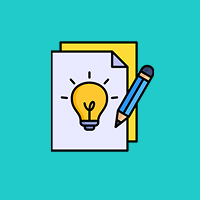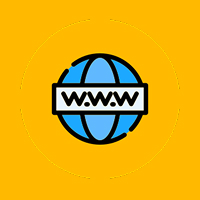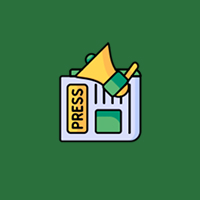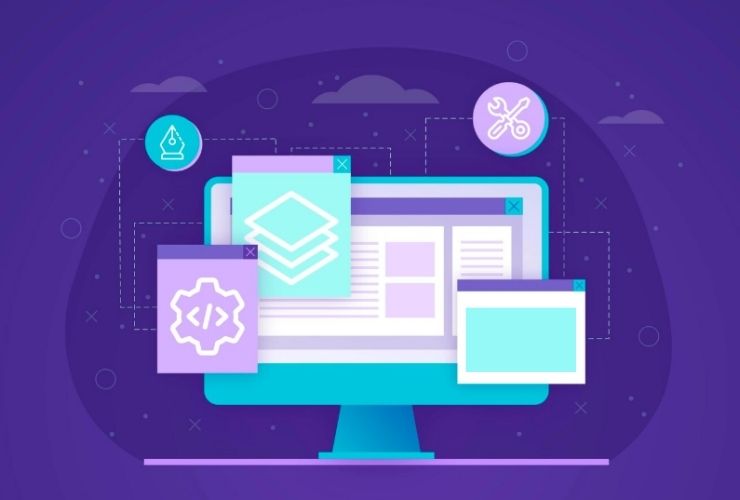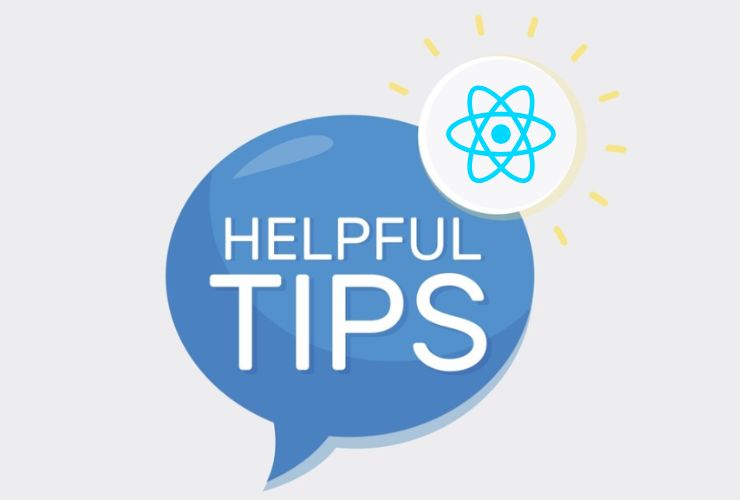Web scraping is the automated means of obtaining data from websites. You can process a huge amount of data very quickly and efficiently without the need for copying and pasting manually from a website. If you are gathering information for any number of reasons: academic research, documenting price changes, collecting news articles, or developing datasets for data analysis, web scraping can make this process a lot easier and less time-consuming. Python and BeautifulSoup have also gained a strong following as a popular and accessible web scraping tool due to its usability and flexibility.
What is BeautifulSoup?
BeautifulSoup is a Python library designed for parsing HTML and XML documents. It provides a convenient way to navigate HTML elements, search for specific ones, and pull the data you want. BeautifulSoup allows you to take the complicated layout of an HTML page and turn it into a clean and simple representation of the code for the page. It makes finding things like tags, attributes and text within those tags easy. This feature is useful when you want to pull structured content from web pages that creators designed primarily for consumption rather than for sharing information.
Getting Started
To begin web scraping, the first thing you want to do is make sure that you have Python installed on your computer. The next step in your process will be to install two important libraries — one for making HTTP requests (as in you will likely be fetching web pages using requests) and one for parsing the HTML content (once you have fetched the web page). The requests library will be how you send HTTP requests to a website and get back its HTML response. BeautifulSoup will handle parsing the HTML, and will allow you to extract the things of interest from the page. Between those two libraries, you will be all set to get started with web scraping.
Once you have your environment set up, you will be able to start creating scripts that will fetch web pages, explore the HTML structure, and extract out particular information from a page (such as article headlines, product prices, user reviews, or any other data included in the page’s code).
How Web Scraping Works
- Sending a Request: Your script sends a request to a website’s server to access a particular webpage. The server responds by sending back the HTML content of that page.
- HTML Parsing: The script uses BeautifulSoup to convert the HTML content into a tree structure. This allows you to easily navigate through tags and elements.
- Data Extraction: You locate the HTML elements that contain the information you need (for example headings, links, and certain attributes) and extract that data.
- Data Processing and Storage: Finally, the scraped data is cleaned, formatted, and stored, typically in a file like CSV, or could go in a database, or even be used directly in your application.
Best Practices
While scraping is powerful, you should still do it in an ethical and responsible way:
- Always ensure to check the website’s terms of service and robots.txt file to get some guidance on what are acceptable practices. Some sites will specifically prohibit scraping.
- Be careful not to request too many pages in a short timeframe and put too much load on the servers. Add delays between requests to limit the load to the servers.
- Add headers in your HTTP requests to imitate a web browser to help prevent blocking of requests.
- Make sure to account for errors in your script and exceptions so your scraper will not unexpectedly crash if the page changes or is unavailable.
Why Use Python and BeautifulSoup?
Python’s clean syntax and rich libraries make it a good choice for beginners and seasoned professionals alike. BeautifulSoup especially makes parsing HTML easy by giving you access to the underlying complexity without forcing you to deal with messy HTML code which lets you focus on extracting the data you want. With this pairing, you can enjoy a low barrier to entry and the ability to quickly branch off and take on more complicated web scraping projects such as scraping multiple pages, or scraping pages that require logins, or even pages with dynamically generated content.
Conclusion
Using Python and BeautifulSoup to scrape the web is a huge skill that opens many doors. By automating the web data extraction process, you can save time, reduce error, and ultimately gain insights that would be time-consuming to collect manually. Whether you are a researcher, data analyst, marketer, or developer, you now have practical knowledge to turn the world’s information into usable data. Web scraping, with a little ethical awareness and technical know-how, is a powerful part of data act toolkit.
Contact Us Today

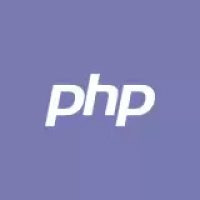

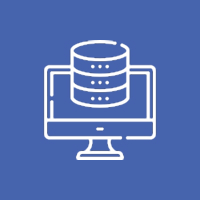
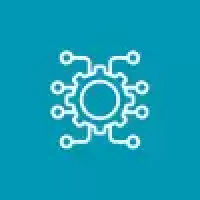



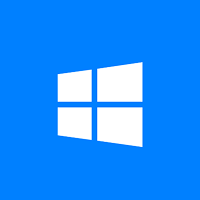
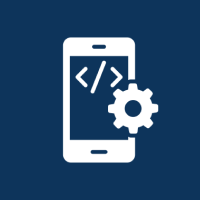
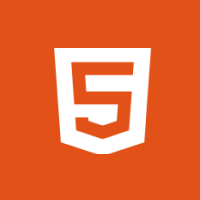


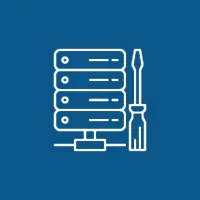 Database Development
Database Development




